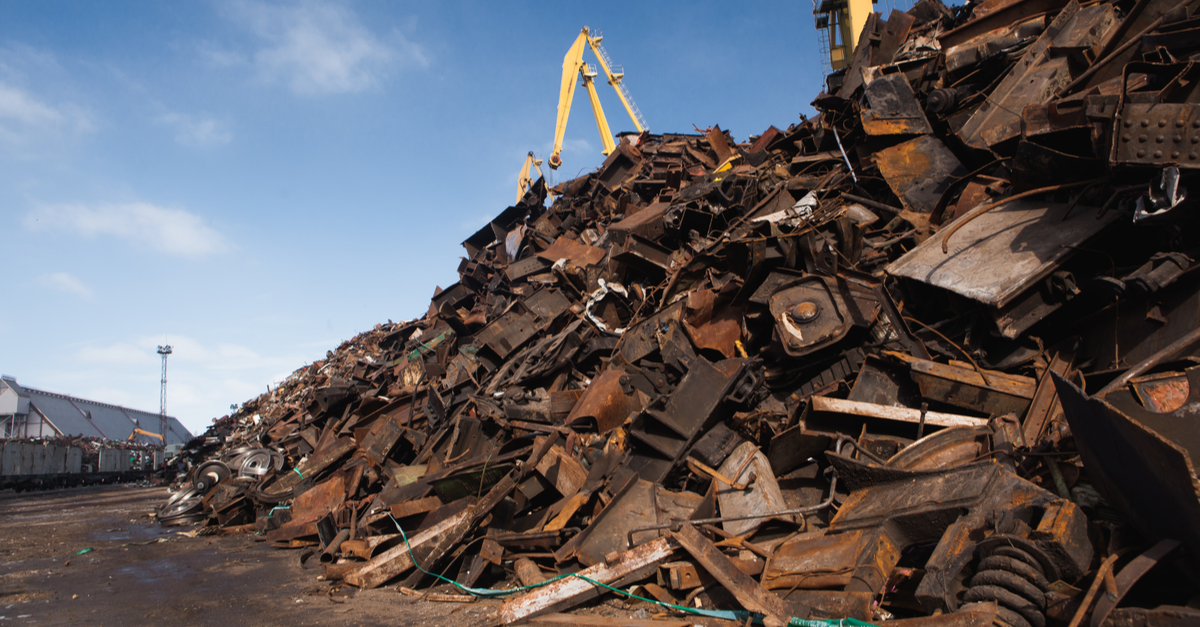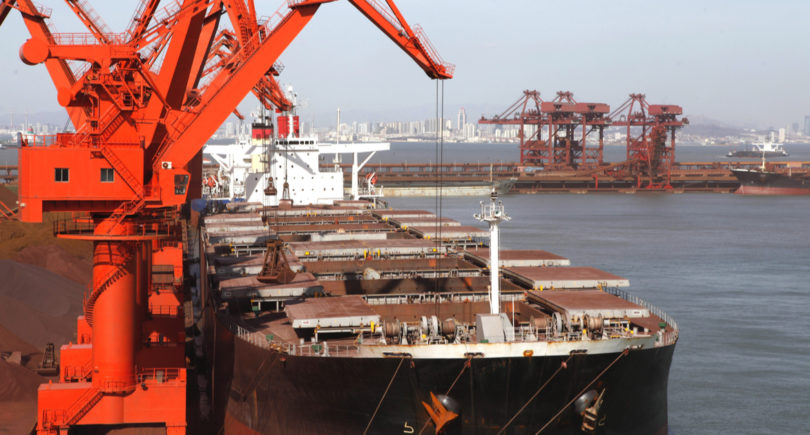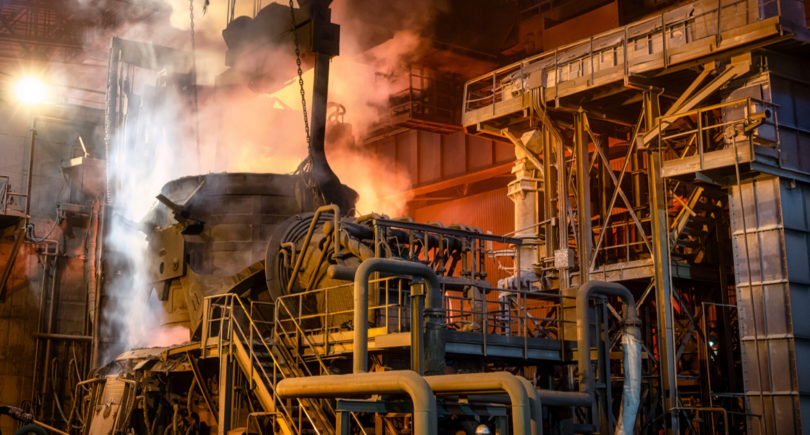
News Global Market China 3980 15 February 2024
The country's goal of achieving a 15% share of steel production in the EAF by 2025 looks somewhat optimistic
China is experiencing a reversal in scrap usage, and the country’s goal of reaching a 15% share of EAF steel production by 2025 looks optimistic. This opinion was expressed by analysts at investment bank Morgan Stanley, Kallanish reports.
The cyclical and long-term problems that have led to lower-than-expected scrap utilization are unlikely to change in the short term, with iron ore and coking coal being the beneficiaries of the situation.
According to a Morgan Stanley research note, the country’s scrap utilization is at its lowest level in six years.
«We believe that China’s protracted deflation and declining steelmaking profits will persist for a long time, hence the rise in iron ore prices,» the analysts said.
Morgan Stanley is becoming increasingly cautious about China’s ability to rapidly increase scrap volumes.
The investment bank estimates the share of converter production in the country at 91%, which is the same ratio as last seen in 2017. The expected use of scrap reflects this trend. In addition, only a slight or moderate increase in these volumes can be expected this year.
China’s ambitions to produce steel in electric arc furnaces using scrap remained unrealized, but not due to a lack of capacity. Since 2017, the country has invested 110 million tons per year of new EAF capacity as part of a replacement program. But their average utilization rate is 60%.
The use of scrap in oxygen-converter steelmaking increases when profits are high and steel mills want to increase volumes. However, according to Morgan Stanley, the current situation is characterized by declining profits, and it will not change in the short term.
In addition, EAF’s steel production was disproportionately affected by the downturn in the real estate market, which affected demand for long products. The fact that BOF furnaces still account for the lion’s share of this output indicates that the economics of using electric arc furnaces are not sustainable.
The underdeveloped scrap collection in China and reduced economic incentives for collecting and processing this raw material are additional reasons for the lag in its use.
As GMK Center reported earlier, Chinese steelmakers produced 1.019 billion tons of steel in 2023, up 0.6% from 2022. Thus, the downward trend in the country’s steel industry has stopped after two consecutive years of declining production. Last year, China’s pig iron production totaled 871 million tons, up 0.7% year-on-year.



